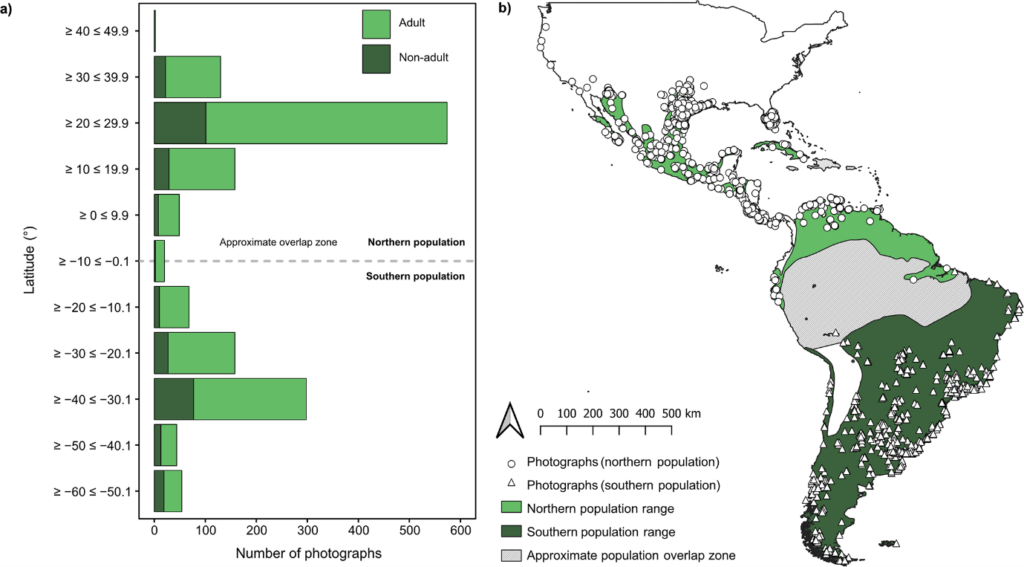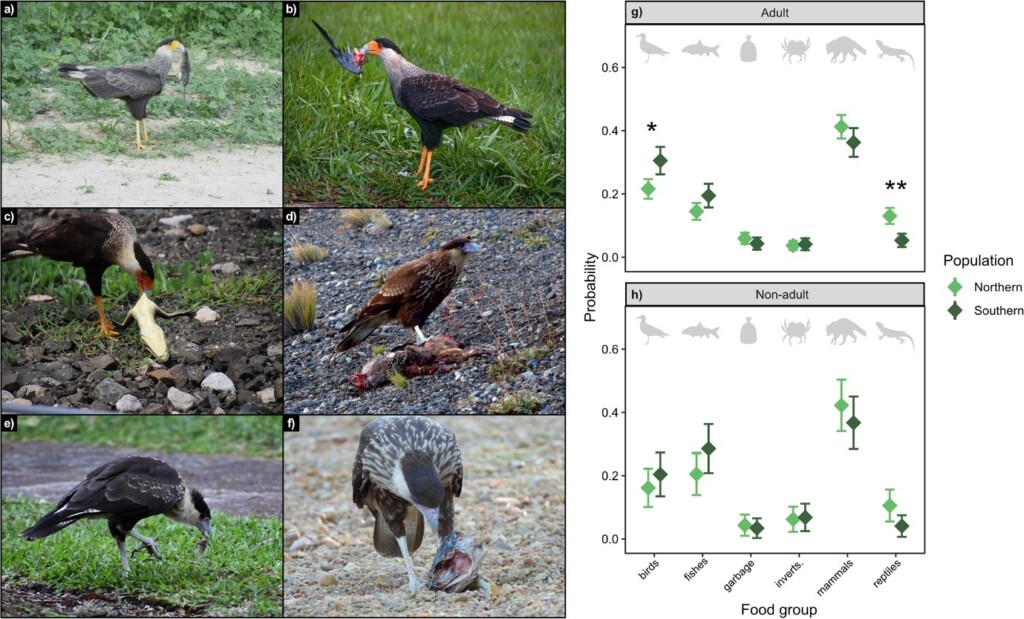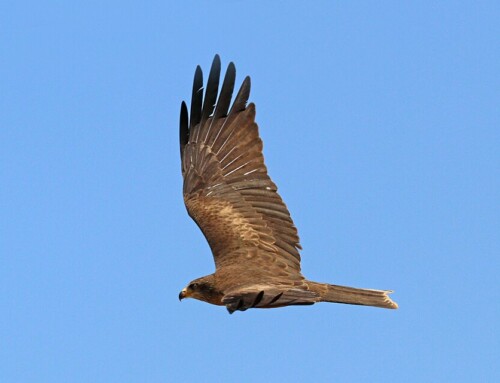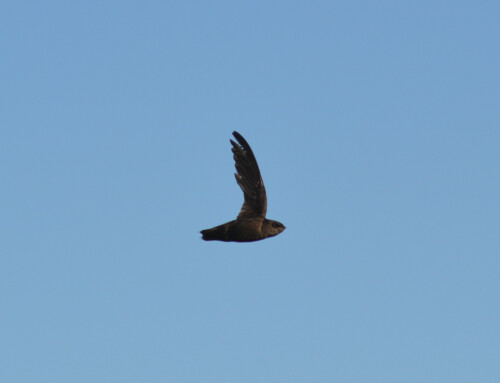LINKED PAPER  Continental scale dietary patterns in a New World raptor using web-sourced photography. Panter, C.T., Naude, V.N., Barbar, F., Amar, A. 2024. PLoS ONE. DOI: 10.1371/journal.pone.0304740. VIEW
Continental scale dietary patterns in a New World raptor using web-sourced photography. Panter, C.T., Naude, V.N., Barbar, F., Amar, A. 2024. PLoS ONE. DOI: 10.1371/journal.pone.0304740. VIEW
Understanding raptor diets is a cornerstone of raptor ecology and a crucial aspect of studying species’ habitat use, interspecific interactions, and demographic rates. Traditional methods for dietary analysis, such as pellet and prey remains analysis, have long been employed to gather data on what raptors consume. While these techniques have provided valuable insights, they often come with constraints that limit their applicability across broader spatial, demographic, and temporal scales (Panter & Amar 2021;2022). The advent of citizen science and digital tools has opened new avenues for overcoming these limitations, particularly through the innovative use of open-source intelligence data (see Katzner et al. 2022) in the form of web-sourced photography.
Traditional Methods and Their Limitations
Historically, raptor dietary studies have relied heavily on analysing pellets or prey remains. These methods typically provide data at the local population level and are often restricted to specific periods, such as the breeding season when raptors are more easily observed. While these techniques are valuable, they can be constrained by several factors:
- Spatial Limitations: Traditional methods often focus on specific locations, making it challenging to gather comprehensive dietary data across larger geographic areas.
- Temporal Limitations: These methods are frequently limited to certain times of the year, which may not fully capture seasonal variations in diet.
- Demographic Limitations: Studies may be restricted to specific age classes or breeding pairs, potentially overlooking variations in diet among different age groups or individuals.
The Emergence of Citizen Science and Web-Sourced Photography
With the rise of citizen science and the proliferation of digital imagery, researchers now have the opportunity to explore dietary patterns on a much larger scale (see Naude et al. 2019). One promising approach is the use of web-sourced photography, which involves analysing publicly available images of raptors taken by photographers around the world (Leighton et al. 2016). This method allows for the examination of raptor diets across extensive geographic regions and varying demographic groups, offering a broader perspective than traditional methods.

Figure 1. a) Latitudinal spatial distributions of 1,555 photographs of Crested Caracaras (Caracara plancus) feeding on identified food groups throughout North, Central and South America between 1987 through 2022. Photograph samples stacked by caracara age (Adult vs. Non-adult) and approximate location of the overlap zone occurring between approximately 0° through 7° latitude. b) Spatial distribution of photographs with an approximate depiction of the overlap zone occurring between 0° and 7° latitude between the two populations (Northern vs. Southern). Note—latitudinal categories presented in a) do not correspond to spatial data shown in b).
In our latest study, we utilised web-sourced photography to analyse the dietary patterns of Crested Caracaras Caracara plancus throughout their range across the Americas. By examining 1,555 photographs of caracaras feeding (Fig. 1), we aimed to uncover continental-scale patterns in diet and to explore demographic and latitudinal variations.
What did we find?
Age Effects: We found no significant differences in the probabilities of different food groups being included in photographs based on caracara age. This suggests that diet does not vary markedly between adult and non-adult caracaras, at least in terms of the food groups captured in the photographs (Fig 2.).

Figure 2. Age differences present in 1,555 photographs of Crested Caracaras Caracara plancus feeding throughout North, Central and South America between 1987 through 2022. a) Adult caracara feeding on a mammal (photograph credit: lucianomassa CC BY NC-SA iNaturalist), b) adult feeding on bird remains (eduardopaiva CC BY-BC-SA iNaturalist), c) adult feeding on crocodilian remains (isisanimals CC BY-NA-SA iNaturalist), d) non-adult feeding on a mammalian carcass (ericgalas CC BY-NA-SA iNaturalist), e) non-adult feeding on an invertebrate (varvarenja CC BY-NA-SA iNaturalist) and f) non-adult feeding on a fish carcass (mariocastanedasanchez CC BY-NA-SA iNaturalist). Panels g) and h) show age and population differences in the probabilities of each food group within photographs of caracaras feeding. Significant differences indicated with asterisks: ‘*’ P < 0.05 and ‘**’ P < 0.01. Error bars represent 95% confidence intervals.
Latitudinal Variations: The probability of reptiles being included in photographs was significantly higher for caracaras from the northern part of their range compared to those from the south. Conversely, caracaras from the southern populations were more likely to include birds in their diet. The likelihood of fishes and invertebrates being included in the caracara diet increased towards the equator. The probability of mammals being included in the diet increased away from the equator (Fig. 3).
Our findings highlight how dietary patterns of Crested Caracaras vary with latitude, reflecting regional differences in prey availability and ecological conditions.

Figure 3. Significant predicted latitudinal effects, with 95% confidence intervals, on the probability of a) fishes, b) invertebrates and c) mammals within photographs of Crested Caracaras Caracara plancus from the northern population feeding between 1987 through 2022. For the southern population, significant latitudinal effects for d) fishes and e) mammals within photographs of caracaras also shown.
Advantages of Web-Sourced Photography
The application of web-sourced photography in dietary studies offers several advantages. For example, web-sourced photographs provide data from across extensive geographic regions and can cover various seasons, offering a more comprehensive view of dietary patterns. Our approach is more accessible to researchers who may not have the resources or expertise required for traditional dietary analysis techniques, such as physical prey identification. The huge number of available photographs allows for the analysis of large sample sizes, increasing the reliability of dietary inferences. Finally, web-sourced photography complements traditional methods, filling data gaps and providing additional context that can enhance overall understanding of raptor diets.
The integration of web-sourced photography into ecological research represents a significant advance in our understanding of raptor diets. However, there are still challenges to address, such as ensuring the quality and representativeness of the photographs and developing robust methods for analysing dietary data from images. Future research could focus on expanding the application of this method to other raptor species and exploring its utility in different ecological contexts. Additionally, collaboration between researchers and citizen scientists could further enrich existing datasets and improve the accuracy of dietary analyses.
Conclusion
Studying raptor diets is vital for understanding ecological dynamics and informing conservation strategies. While traditional methods have provided valuable insights, the use of web-sourced photography represents a promising and innovative approach that offers broader spatial, temporal, and demographic coverage. As technology and citizen science continue to evolve, integrating these tools into ecological research will undoubtedly enhance our understanding of raptor ecology and contribute to more effective conservation efforts. By embracing new methodologies and leveraging the power of digital tools, we can gain deeper insights into the lives of raptors and the complex interactions that shape their diets across diverse landscapes.
References
Katzner, T., Thomason, E., Huhmann, K., Conkling, T., Concepcion, C., Slabe, V., et al. 2022. Open-source intelligence for conservation biology. Conservation Biology, 36: e13988. https://doi.org/10.1111/cobi.13988
Leighton, G.R.M., Hugo, P.S., Roulin, A. & Amar, A. 2016. Just Google it: assessing the use of Google Images to describe the geographical variation in visible traits of organisms. Methods in Ecology & Evolution, 7: 1060–1070. https://doi.org/10.1111/2041-210X.12562
Naude, V.N., Smyth, L.K., Weideman, E.A., Krochuk, B.A. & Amar. A. 2019. Using web-sourced photography to explore the diet of a declining African raptor, the Martial Eagle (Polemaetus bellicosus). Condor, 121: duy015. https://doi.org/10.1093/condor/duy015
Panter, C.T. & Amar, A. 2022. Using web-sourced photographs to examine temporal patterns in sex-specific diet of a highly sexually dimorphic raptor. Royal Society Open Science, 9: 220779. https://doi.org/10.1098/rsos.220779
Panter, C.T. & Amar, A. 2021. Sex and age differences in the diet of the Eurasian sparrowhawk (Accipiter nisus) using web-sourced photographs: exploring the feasibility of a new citizen science approach. Ibis, 163: 928–947. https://doi.org/10.1111/ibi.12918
Image credit
Top right: Southern Crested Caracara Caracara plancus, adult, the Pantanal, Brazil Charles J. Sharp © CC BY SA 4.0 Wikimedia Commons.





